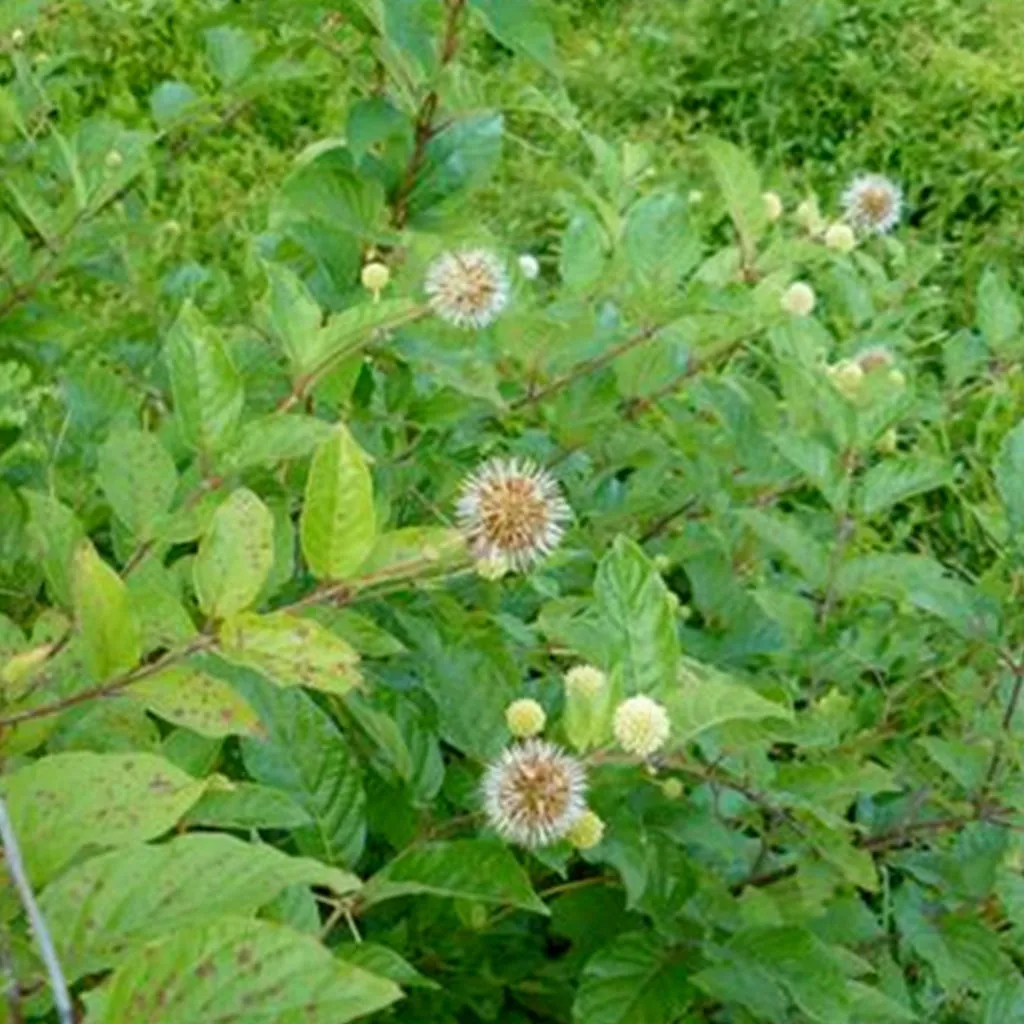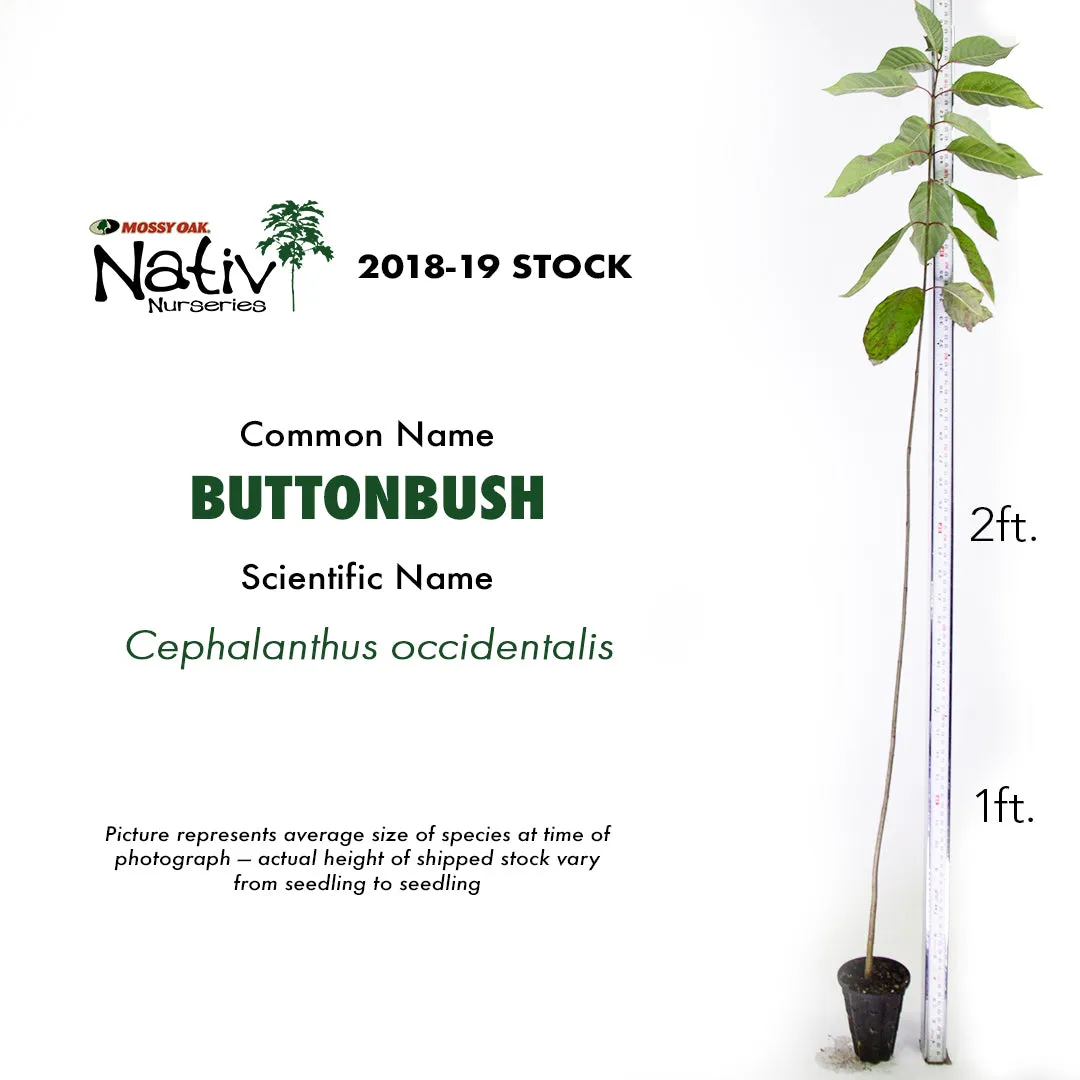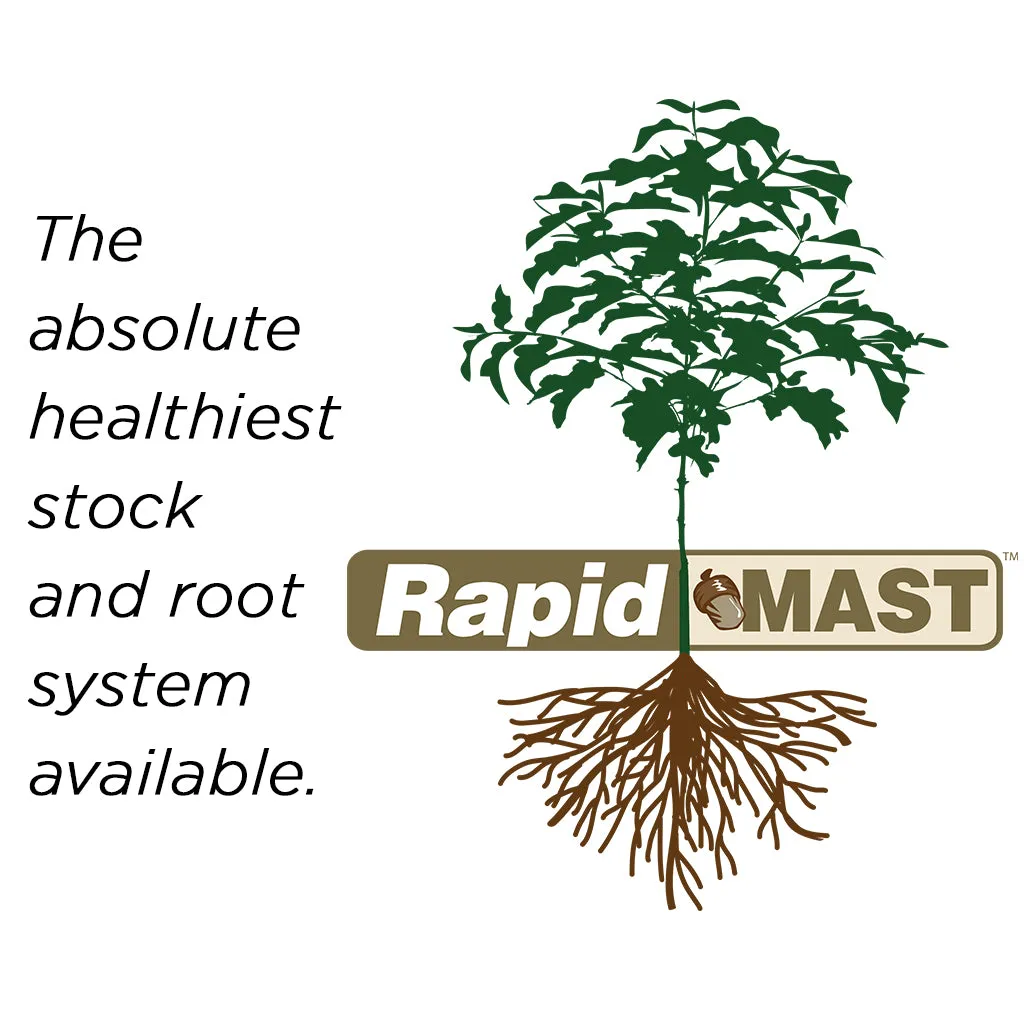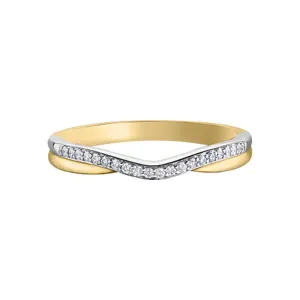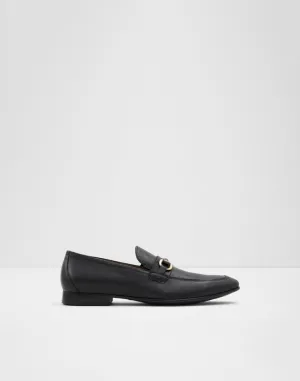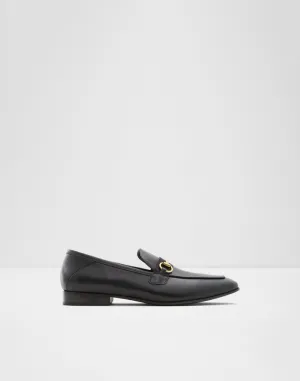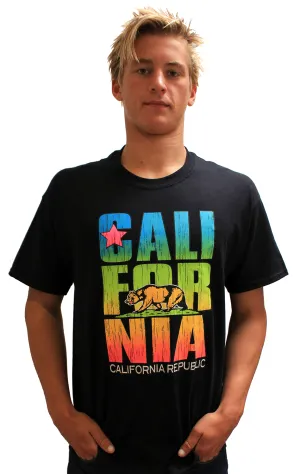Buttonbush has to be one of the most underrated or “not popular yet” plants on the market, but we’re here to change that. Part of the reason for its obscurity is that it suffers from identity crisis due to having so many local nicknames…some even shared with other species. How’s that for confusing?
Buttonbush is naturally found in backwater areas such as mud flats, beaver killed timber, slough edges, and mucky swamps that are usually too wet for other perennial species to establish and thrive, but will grow just about anywhere you plant it, including upland sites. It makes wonderful cover to protect ducks from predators, crappie absolutely love to spawn under them, bees utilize the flowers to make excellent honey, deer nail the new growth, and the list goes on.
Thanks to its super fast growing root system, buttonbush is a no-brainer to use as an erosion control and water quality tool, such as in stream bank stabilization and mitigation projects. Aside from the many wildlife and environmental benefits, buttonbush provides a long lasting, unique bloom display, and the glossy leaves show streaks and splotches of blood red color before dropping in the fall. So if you’re aiming for aesthetics, improvement, or both, you’ll get what you need with our buddy the buttonbush.
| Zone: | 6 - 10 |
| Soil pH: | 4.8 – 7.2 |
| Mature Height: | 10' |
| Wildlife Value: | Cover for fish, ducks and ducklings, and deer. Seeds eaten by ducks. Larval host for butterflies and attractive to bees and other pollinators.. |
| Site Preference: | lying areas, but will also thrive on well drained sites. Once established can survive in standing water.. |
| Fruit Maturity Date: | June-August. White, borne in showy round heads slightly over 1 inch in diameter |
| Alias: | Common buttonbush, Buttonbush, Button willow |

